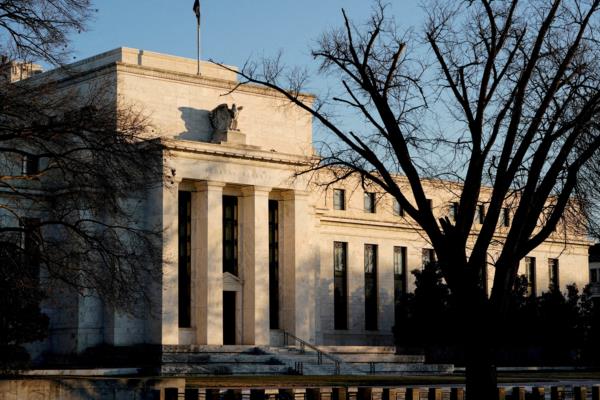
In recent weeks, global markets have experienced a rally fueled by hopes of interest rate cuts by central banks around the world, providing a much-needed boost to the sluggish global economy. However, it is important to inject a dose of reality into the euphoria surrounding this rate cut rally.
While the prospect of lower interest rates has certainly provided a positive sentiment to investors, it is crucial to understand that rate cuts alone cannot solve the underlying issues facing the global economy. In fact, relying solely on monetary policy to revive economic growth may be misguided and could lead to unintended consequences.
One of the main concerns is that central banks have already implemented multiple rounds of rate cuts over the past decade, with diminishing effects on economic expansion. The prolonged low interest rate environment has led to excessive risk taking and speculative behavior in financial markets, potentially inflating asset bubbles and increasing vulnerability to economic shocks.
Furthermore, the effectiveness of rate cuts in stimulating real economic activity is limited. Lower borrowing costs may encourage consumer spending and business investment to some extent, but ultimately, the health of the global economy relies on a combination of factors such as political stability, structural reforms, and fiscal policy measures.
In addition, the impact of rate cuts can vary widely across different countries. While it might be beneficial for countries with high debt burdens or struggling economies, it may not have the same effect on countries that are already at full employment or experiencing inflationary pressures. Thus, a one-size-fits-all approach to interest rate cuts may not address the unique challenges faced by each economy.
Another factor to consider is the potential side effects of continued monetary easing. In an environment of low interest rates, savers and retirees who rely on fixed income investments may face significant challenges in generating sufficient returns. This could exacerbate wealth inequality and contribute to social and political unrest.
Moreover, the room for further rate cuts is limited in many countries, as interest rates are already hovering near or below zero percent. In such cases, the effectiveness of monetary policy becomes questionable, leaving central banks with fewer tools to mitigate future economic downturns.
It is crucial for policymakers to recognize the limitations of monetary policy and consider a more holistic approach to addressing economic challenges. This includes implementing structural reforms to improve productivity, investing in infrastructure to foster long-term growth, and adopting measures to promote a sustainable and inclusive economy.
While lower interest rates can provide a short-term boost to market sentiment, the long-term health of the global economy depends on a comprehensive and sustainable strategy. Investors should be cautious not to solely rely on rate cuts as a panacea and instead, focus on the broader macroeconomic fundamentals and structural reforms that are necessary for sustained growth.







